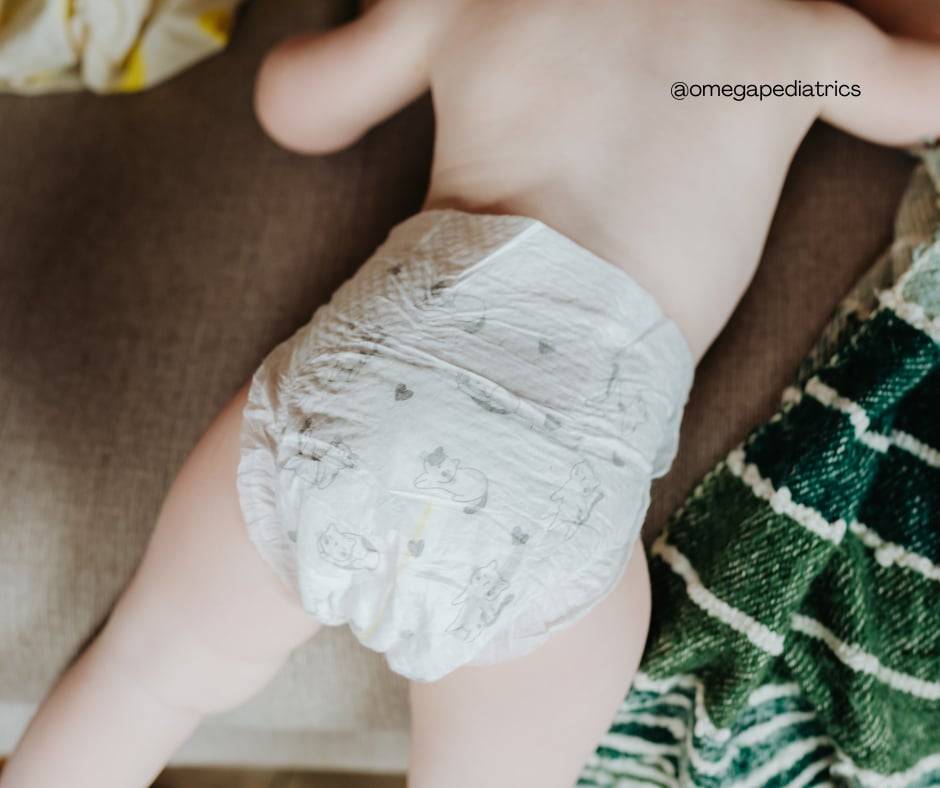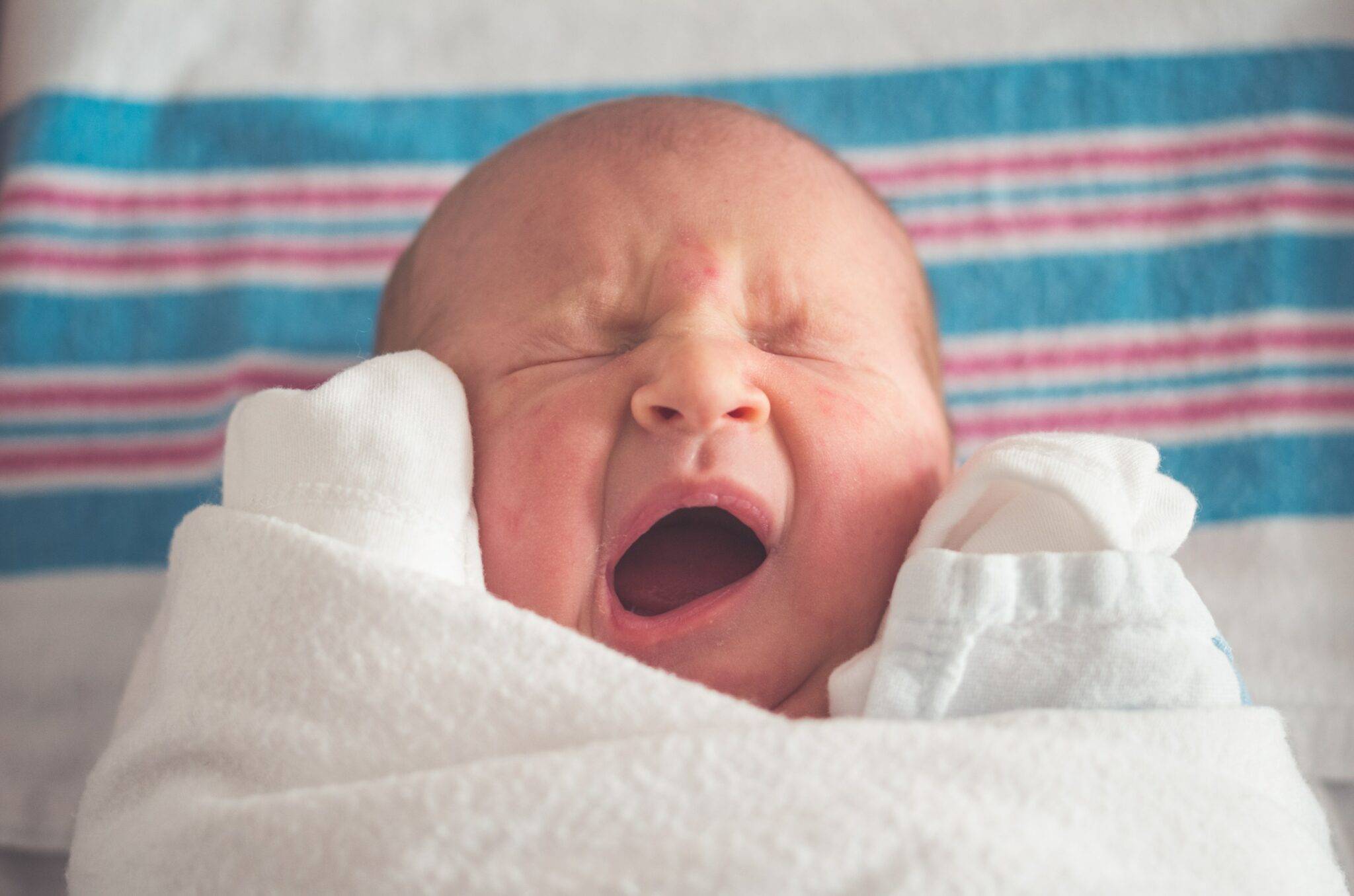Reflexes in Infants: Unlocking Your Baby’s Incredible Natural Instincts 🌟
Have you ever watched your newborn turn toward your cheek or grip your finger like magic? Those aren’t tricks—they’re powerful reflexes, automatic actions showing your baby’s amazing early development.
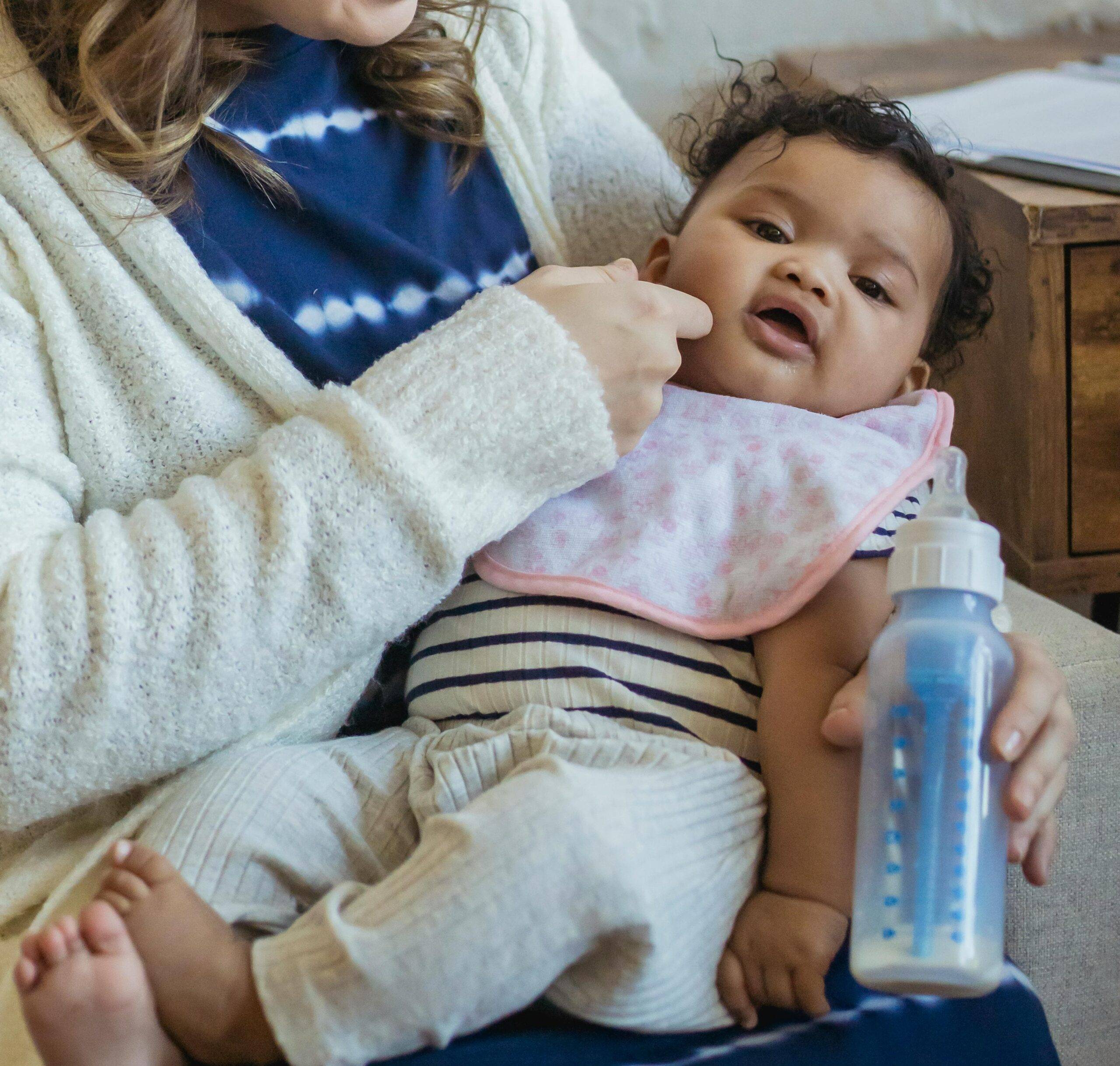
These reflexes are involuntary—they reveal that your baby’s brain and nervous system are working just as they should. This post will explore six common newborn reflexes (rooting, sucking, Moro/startle, grasp, stepping, and tonic neck), what they do, and why they’re powerful, vital, and fascinating signs of growth.
Further, we’ll explain how pediatricians test them, when they fade, and why understanding them helps you connect with and support your baby’s healthy start.
What Are Infant Reflexes? The Automatic Way Babies Connect
Infant reflexes are amazing, automatic movements that babies are born with. These actions happen without thinking. They’re triggered by touch, sound, or movement. For example, when you stroke a baby’s cheek, they might turn their head to find a nipple—this is a reflex!
These early reflexes help your baby eat, bond with caregivers, and stay safe in the first few months of life. They are a natural sign that the brain and nervous system are working well. As your baby grows, these reflexes slowly disappear.
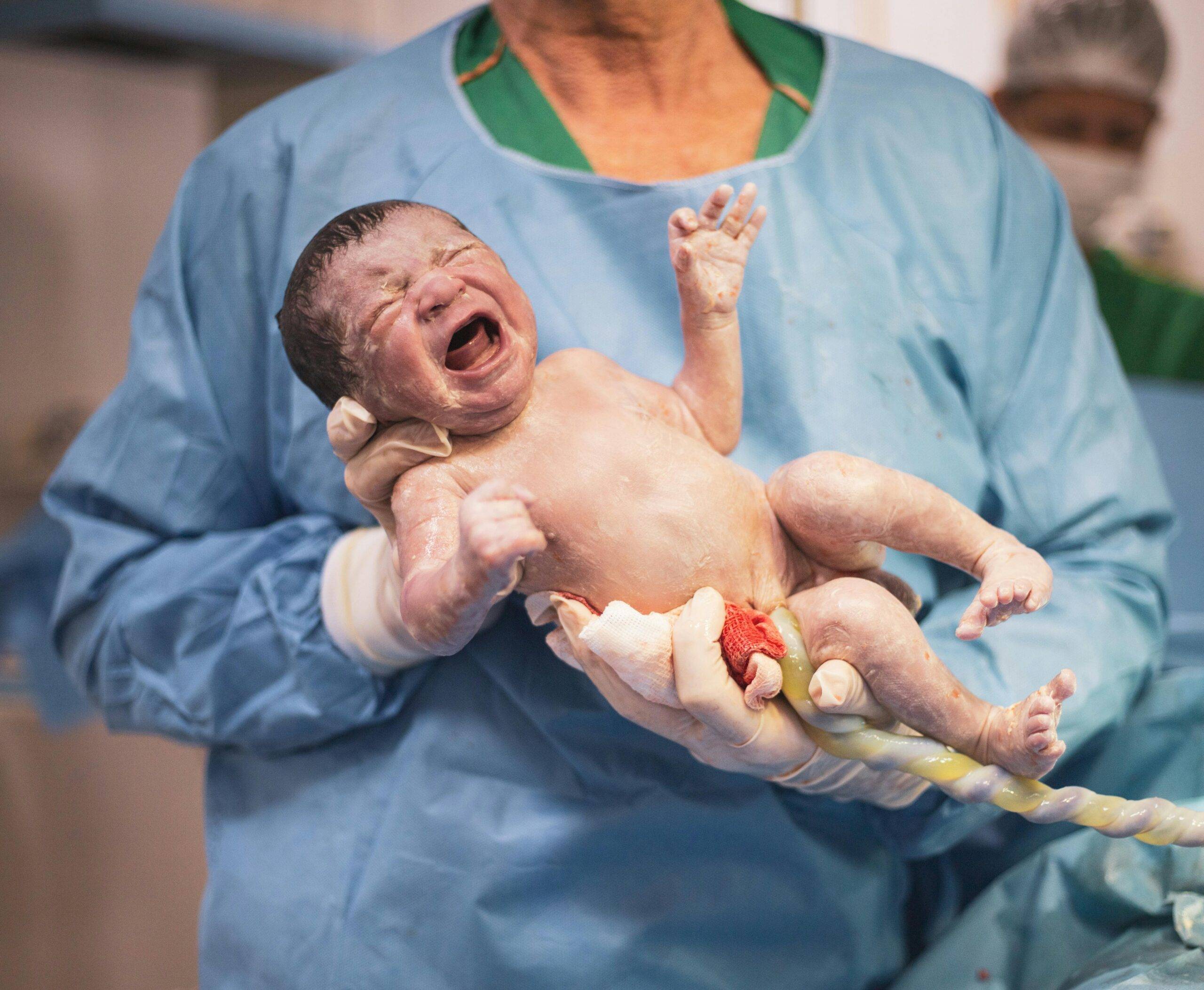
That’s a good thing—it means the brain is developing and your baby is learning to move on their own! Doctors check for these reflexes at every well-baby visit. If the reflexes appear and disappear at the right times, it usually means your baby’s brain and body are growing just as they should.
Common Infant Reflexes (With Easy How‑To and Why They Matter)
1. Rooting Reflex
- How to do it: Gently stroke your baby’s cheek.
- What happens: Baby turns head toward it and opens mouth—instantly ready for feeding.
- Why it matters: This reflex automatically helps your baby locate the breast or bottle for feeding. It’s designed for survival.
2. Sucking Reflex
- How to do it: Touch the roof of your baby’s mouth.
- What happens: Baby begins to suck strongly.
- Why it matters: It’s essential for feeding—without it, babies can’t breastfeed or bottle-feed properly.
3. Moro Reflex (Startle Reflex)
- How to do it: Gently cause a sudden change—drop the head a bit (while supporting), or clap loudly.
- What happens: Baby flings arms and legs out, then brings them together, often accompanied with a cry.
- Why it matters: A survival response—like an instinctive “grab”—that fades between 3–6 months.
4. Grasp Reflex (Palmar and Plantar)
- How to do it: Palmar: place a finger/object in your baby’s palm. Plantar: stroke the sole of their foot.
- What happens: Tight grip or curling toes.
- Why it matters: A leftover from our evolutionary past—helping primates cling to mothers—even pioneer of fine motor development.
5. Stepping Reflex (Walking Reflex)
- How to do it: Hold baby upright, feet touching a flat surface.
- What happens: Baby makes stepping motions, as if trying to walk.
- Why it matters: A precursor to walking—though it fades before babies walk on their own
6. Tonic Neck Reflex (Fencing Reflex)
- How to do it: While baby is on their back, gently turn their head to one side.
- What happens: That arm extends while the opposite bends—like a fencing position.
- Why it matters: May support early coordination between arms and eyes.
Why Pediatricians Test Infant Reflexes
Pediatricians check reflexes at well-baby visits because they tell us a lot about your baby’s brain and nervous system. These automatic movements may seem small, but they carry big clues about how your child is developing.
✅ Check Neurological Health
Reflexes are controlled by the brain and spinal cord. If they’re working properly, it usually means your baby’s nervous system is healthy and growing well.
📈 Track Development
Each reflex shows up and fades away on a specific timeline. Doctors watch for these changes to make sure your baby is hitting important milestones.
🚩 Spot Red Flags Early
If a reflex is missing too early, or doesn’t go away when expected, it might point to a problem with the brain or nerves. Some reflex issues can be early signs of conditions like cerebral palsy or developmental delays. Catching them early allows for quick testing and helpful treatments if needed.
When Reflexes Disappear: The Normal Timeline
| Reflex | Appears At | Fades By |
| Rooting | Birth | 4 months |
| Sucking | Birth | 4 months |
| Moro (Startle) | Birth | 3–6 months |
| Grasp (palmar) | Birth | 2–6 months |
| Plantar grasp | Birth | ~6 months |
| Stepping | Birth | ~2 months |
| Tonic neck | ~1 month | ~4 months |
The Fascinating Science Behind Reflexes
- Reflexes are automatic actions triggered by the spinal cord and brainstem—your baby’s early nervous system in action.
- They’re evolutionary holdovers; e.g., rooting helped our ancestors latch to feed, and the grasp reflex helped them cling to caregivers
- As your baby’s brain grows, their reflexes fade while voluntary control develops. That’s how they learn to move their arms, crawl, and walk.
Supporting Reflexes Through Daily Bonding
You don’t need to force these reflexes—they happen naturally—but you can gently help your baby learn and grow:
- Offer a Finger or Soft Toy: The grasp reflex helps develop hand muscles.
- Stroke the Cheek: Stimulates rooting; great before nursing.
- Gentle Movement: To engage Moro: babywearing and controlled environments help keep them calm.
- Practice Holding Upright: With eyes toward the floor, feel the stepping reflex.
- Tummy Time Minutes: Builds on the tonic neck reflex and helps strengthen neck and back muscles.
- Soothing Techniques: Reflexes like sucking can comfort your baby during fussy moments.
What if Reflexes Disappear Late—or Not at All?
- If a reflex sticks around too long (e.g. Moro past 6 months and grasp past 6 months), it might mean delayed neuromotor development or cerebral palsy.
- If a reflex is never present or suddenly disappears, this could signal nerve or brain issues.
- Your pediatrician will monitor and may order further screening or therapy.
How Parents Can Observe Reflexes at Home
Even at home, you can delight in and track your baby’s reflexes:
- Make It a Game: Stroke their cheek playfully and watch them root.
- Finger Grasp Magic: Let them latch onto your finger.
- Surprise Hug (Softly): A gentle “surprise” or loud sound can trigger Moro.
- Practice Mini-Steps: Hold upright and let them touch the floor.
- Fencing Pose: Gently turn their head to one side to show the tonic neck reflex.
While playing, keep it gentle and never forceful. These little automatic displays are not only fun—they’re important signs doctors look for at checkups.
Reflexes and Other Newborn Behaviors
Babies have more than just reflexes:
- Smiling while sleeping: involuntary “reflex smiles” during REM or quiet sleep—but an early sign of a developing brain
- Hiccups: a harmless reflex from the diaphragm—some say it’s part of preparing for breathing and swallowing.
- Startle from sounds: your baby’s Moro reflex will activate if they hear a sudden noise.
When to Ask Your Pediatrician About Reflexes
- A reflex is missing at birth.
- A reflex persists past typical age (e.g., Moro after 6 months).
- Reflexes are unequal on each side (asymmetric).
- Your baby shows other signs: low muscle tone, floppy appearance, lopsided movements.
Doctors may follow up with neurodevelopmental screenings or refer to early intervention services.
Celebrate Your Baby’s Natural Brilliance
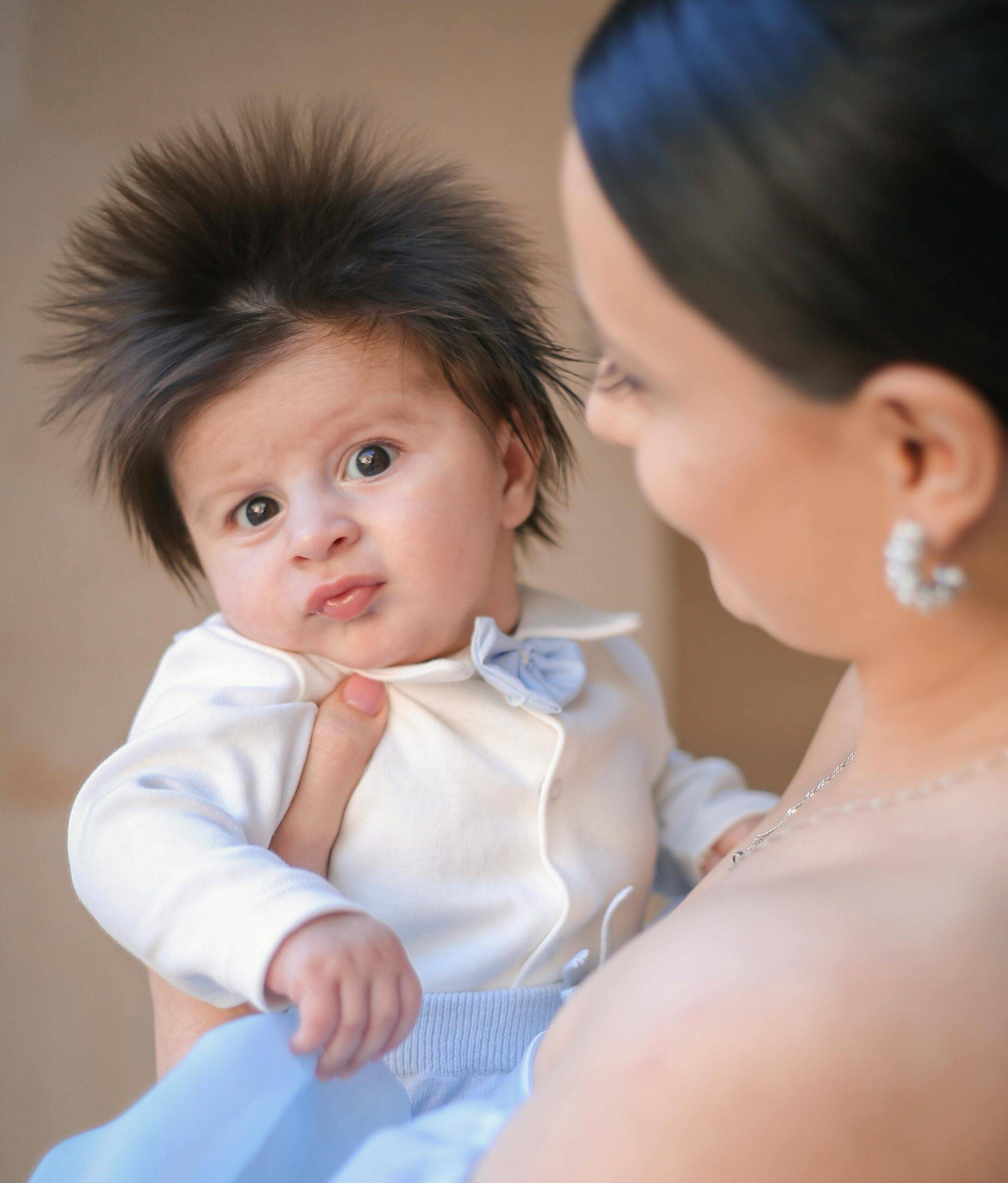
Your newborn is a miracle in motion, equipped with automatic reflexes that show the brilliance of human development:
- Rooting and sucking = automatic feeding skills.
- Moro = built-in safety instinct.
- Grasp and stepping = milestones on the journey to active play.
- Tonic neck = groundwork for coordination.
Watching these reflexes isn’t just cute—it’s empowering. It shows you how deeply wired your baby is for survival and growth. Every stroke, turn, and grip is a story of healthy brain and body development. And as they fade, they make way for the exciting voluntary world: purposeful arm reaching, rolling, crawling, and walking.
By observing and nurturing these reflexes, you’re supporting your baby’s natural path toward independence. And the next time you bring them in for a well-baby visit, you’ll know exactly what pediatricians are looking for.
💡 Quick Guide for Busy Parents
- Rooting & Sucking: seen from birth, fade ~4 months.
- Moro/Startle: from birth, integrates by 3–6 months.
- Grasp (hand): birth to ~4–6 months.
- Stepping: birth to ~2 months.
- Tonic neck: ~1 month to ~4 months.
- When reflex timelines are off, call your pediatrician to check your baby’s neurological health.
Dive Deeper—Related Baby Development Topics from Omega Pediatrics
These articles guide you through every step, empowering you with expert advice as your baby grows.
- Learn how to support development through feeding and movement: How to Recognize and Support Developmental Milestones in Newborns—includes info on the grasp reflex and more.
- Explore detailed insights on feeding reflexes, visual tracking, and sensory growth on the newborn stage overview: The 4 Stages of Developmental Milestones in Your Child’s First Year: How Parents Can Support.
In Summary
Infant reflexes are miraculous, automatic movements that help your newborn feed, bond, and stay safe. They show your baby’s brain is on the right track. While you don’t need to test them yourself, noticing them strengthens your bond and prepares you for discussions with your pediatrician.
Enjoy every rooting turn and steady grasp—they’re early chapters in your baby’s journey toward independence.
Loved learning about these powerful reflexes? Share this post with fellow parents! And bookmark it—newborns are full of surprises. You’ll cherish these moments.


